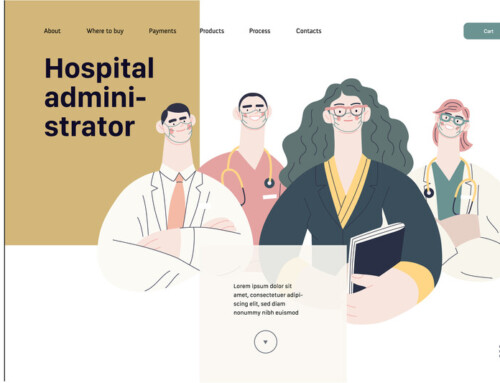
◆Around 70% of companies implementing measures
The Ministry of Health, Labor and Welfare announced the results of the survey on labor economic trends from August 2019. This survey is conducted every quarter with the aim of understanding the issues and changes within the labor market while looking into how the changes in the economy influence employment and its future prospects.
This time, we will be focusing on how to address labor shortages, which was a special survey item, and we will look at what kind of measures companies that answered that they were facing labor shortages were taking.
◆The top level is moving from hiring full-time workers and promoting from non-full-time workers to full-time workers.
Currently, there is a shortage in labor and 70% of companies answered they implemented some degree of measure against it in the last year, while 66% of companies are planning on some degree of measure against it in the next year. The most common measure was to hire full-time workers and increase promotion from non-full-time workers to full-time workers in both the past year and the next year.
Other than this, temporarily increasing part-time workers, utilizing dispatched workers, and relocating workers and accepting assigned employees were listed as measures taken against the labor shortage.
◆Focusing on making work easier instead of increasing wages?
Companies were working on encouraging paid leave, decreasing fixed working hours and providing systems to support staff who have been on maternity leave and are returning to work as measures to improve working conditions of current employees aside from their wages. These improvements in working conditions increased dramatically compared to the previous survey in August 2018, and it seems that companies are making efforts to organize environments in which employees can work more comfortably.
Compared to the August 2018 survey, making improvements in the the working conditions of current employees were highest, followed by increasing wages for current employees, increasing measures to disincentivize workers from leaving or changing their jobs, increasing re-employment measures, extending the retirement age, and increasing continued employment.
◆What other measures are taking place?
Other measures such as the easing of hiring conditions (wages, working hours, vacations, academic qualifications, other necessary qualifications and experience etc.) and improving productivity, outsourcing, and subcontracting through laborsaving investments were also listed.





